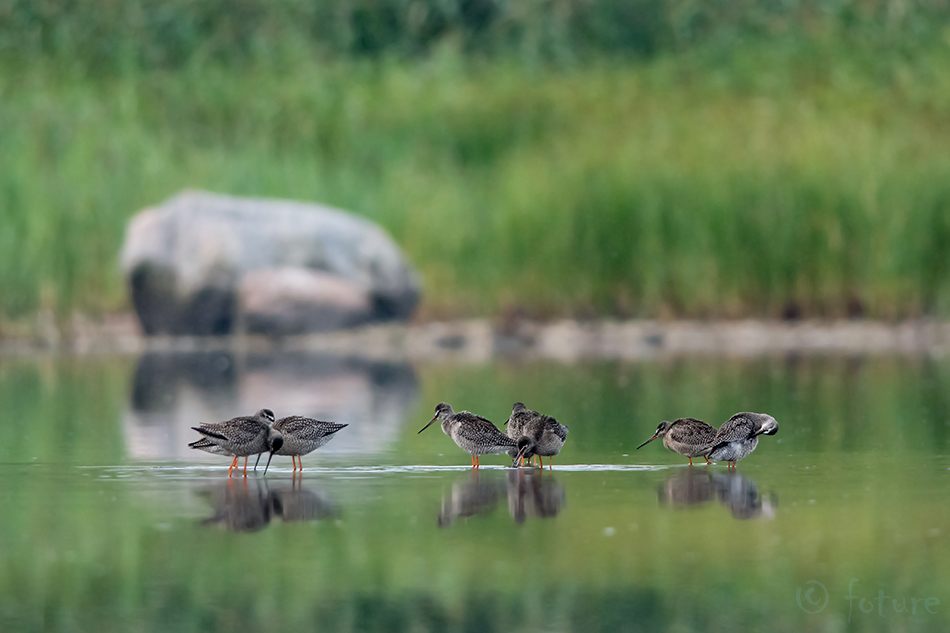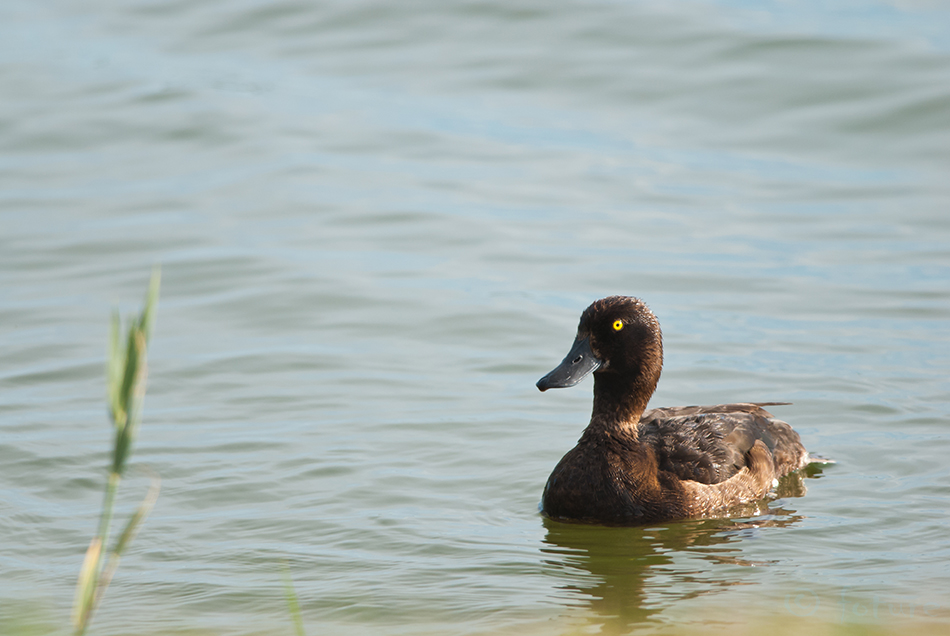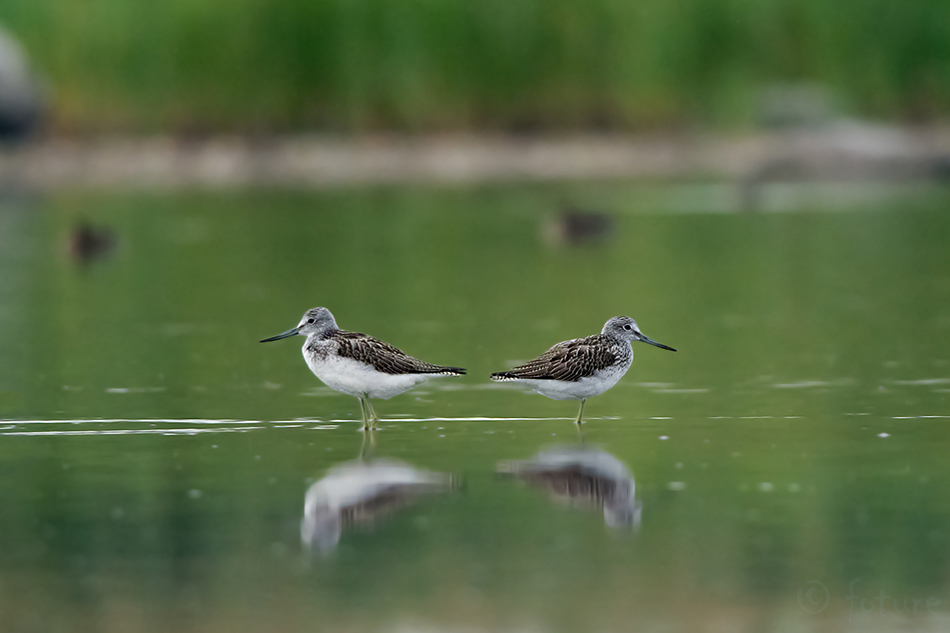Minu esimene tagasihoidlik katsetus öise fotograafia vallas. 12. augusti öö oli tänavu parim aeg perseiidide saju jälgimiseks - oli selge ja kuud taevas praktiliselt polnud (mistõttu oli erakordselt pime). Jälgisin showd tunni jooksul, alates südaööst. Kokku lugesin selle aja jooksul 20 "langevat tähte" - kaks nendest olid suuremad, mis panid üle terve taeva ja ülejäänud olid väiksemad sähvatused. Loomulikult oli eesmärk mõni neist ka pildile saada, kuid tehnilised oskused ja õnn ei olnud seekord piisavad. Tartumaa. Tehniline info: ISO 200, f/8, säriaeg 520 sekundit.
It DOES spin! My first modest attempt on the night time photography. The night of August 12 was the best time this year to witness perseid meteor shower - it was clear and there was practically no moon (hence it was exceptionally dark). I was watching the show for one hour, starting midnight and during that period of time I saw 20 "falling stars". Two of these were bigger ones that flew across the whole sky, the rest were smaller flashes. The goal, of course, was to "catch" one of these with a camera but the techical skills and luck were not enough this time. Tartumaa, Estonia. Technical data: ISO 200, f/8, exposure 520 seconds.















































